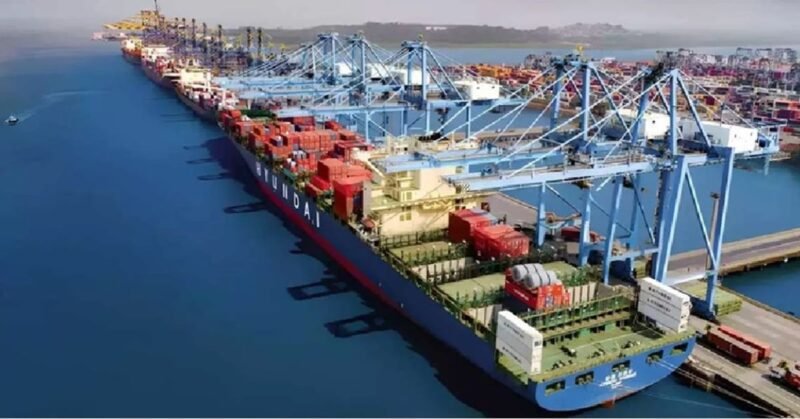The International Association of Ports and Harbors (IAOH) has released a report on the progress of decarbonization of port infrastructure in developing nations ahead of the IMO’s 82nd MEPC session. The report, prepared by Maritime & Transport Business Solutions (MTBS), focuses on case studies of ports in Kenya, Indonesia, Solomon Islands, Brazil, and India. It highlights the investments needed for port climate adaptation in these countries, emphasizing the importance of preparing ports for the energy transition alongside efforts to promote clean fuels in the shipping industry.
According to the report, developing countries face significant challenges in building port infrastructure for green bunkering and electrification of terminals with renewable energy. The estimated total investment required for this transition ranges from $55 to $83 million, depending on factors such as port size, existing infrastructure, and previous climate adaptation investments. Despite the high costs involved, IAPH believes that market-based measures such as GHG pricing could provide a potential source of funding for port decarbonization in developing countries.
As the MEPC session seeks to finalize a framework for carbon pricing in shipping, IAPH remains neutral on the choice of instrument but supports a mechanism that incentivizes investment in port infrastructure and enables the commercial viability of low and zero carbon fuels. With four policy proposals on the table for a carbon levy, IAPH emphasizes the importance of a pricing mechanism that encourages the adoption of sustainable practices in the maritime industry.







